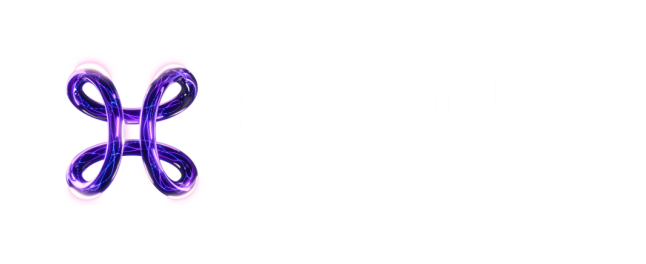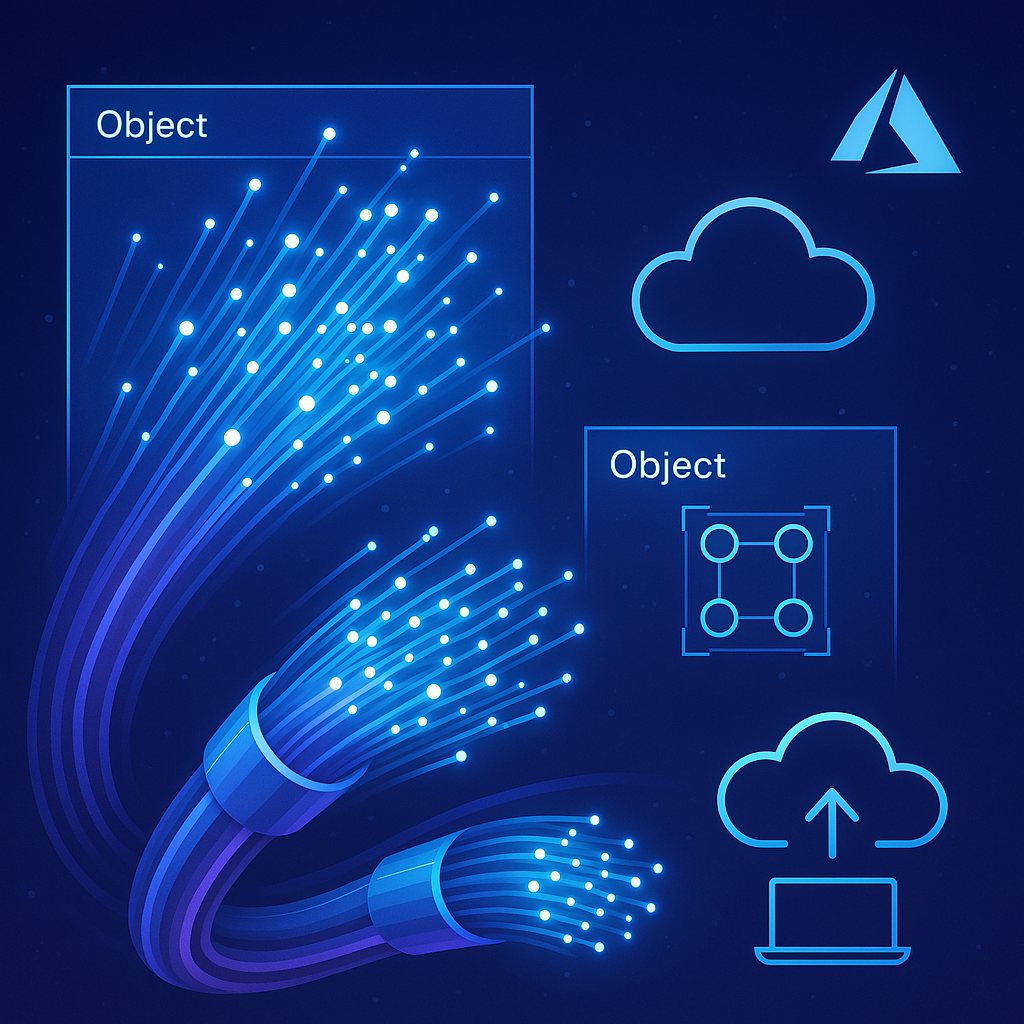Introduction
At Proximus Ada, we integrate cutting-edge technologies like AI, Cloud, MLOps, and Computer Vision to drive impact across 200+ use cases. A key success: optimizing fibre device installation using Computer Vision and Azure. By leveraging Computer Vision and Azure cloud, technicians now receive instant feedback in the field, boosting accuracy, operational efficiency, and installation quality.
The challenge for field operations
The demand for high-speed internet continues to grow, and Proximus is rapidly expanding its Fibre Network across Belgium to meet customer expectations. However, field operations frequently encounter quality issues during fibre device installations, leading to significant delays. Recognizing the limitations of manual feedback methods, the team identified an opportunity to implement smarter, more efficient solutions for detecting and correcting these issues.
Solution: Instant Feedback on Fibre Device Installations
Drawing on our deep expertise in machine learning and computer vision, experts at Proximus Ada implemented a computer vision-based solution deployed on Azure cloud. This system provided field technicians with instant feedback on their fibre device installations and allowed them to address any detected issues immediately, ensuring precision and efficiency in the installation process.
From Field data to Smart Detection
Breaking down the implementation workflow of this approach, the solution utilized an image dataset that technicians had already been generating as part of manual quality control. These images were labeled according to defect categories, called as “infractions,” which identified potential issues with screws, cables, tie wraps, rubbers, covers, foam, and other installation components. Multiple computer vision models were then trained using this labeled dataset. An example when processed by the model looked as follows:

These models after training could analyse new images submitted by technicians and classify them into one of four categories:
- Accepted: No issues detected.
- Rejected: Multiple defects identified.
- Undecided: Minor issues found, requiring manual verification.
- Unusable: Image quality is poor or irrelevant, requiring resubmission.
This approach streamlined the detection of installation defects, enabling real-time feedback and improving overall efficiency for field technicians.
The trained models were deployed on Azure Cloud through AzureMl online endpoints service, allowing instant access and on-the-spot analysis. A high-level architecture of the azure solution is as follows:

Challenges and Limitations
While the solution discussed above is a move in the right direction, there are some limitations that we should keep in mind e.g. Installation inspections typically performed by humans who assess compliance based on established rules.
AI helps automate this process by strictly applying predefined standards, but for subjective evaluations, it still lacks the ability. It is effective at verifying rule-based conditions, but it cannot adapt to nuanced situations where human judgment is required—such as deciding if a single screw is adequate for securing the component.
Factoring in these constraints, the AI team altered the solution a bit, utilizing the model as a filter. Images flagged as “Rejected” or “Undecided” would be subject to manual review, ensuring accuracy and quality control except for cases where images are deemed “Unusable” due to irrelevant content submissions.
Conclusion
Looking ahead, Proximus continues to leverage AI models to assess fibre installations within homes, ensuring seamless connectivity for end users. These models remain a valuable asset, providing crucial support to the teams responsible for bringing fibre technology into households.
As the first Belgian center of excellence, Proximus Ada’s goal is to provide tailor-made solution to today’s fast-paced world. Don’t stay alone with your ideas. Contact us and our team of experts will get back to you.

